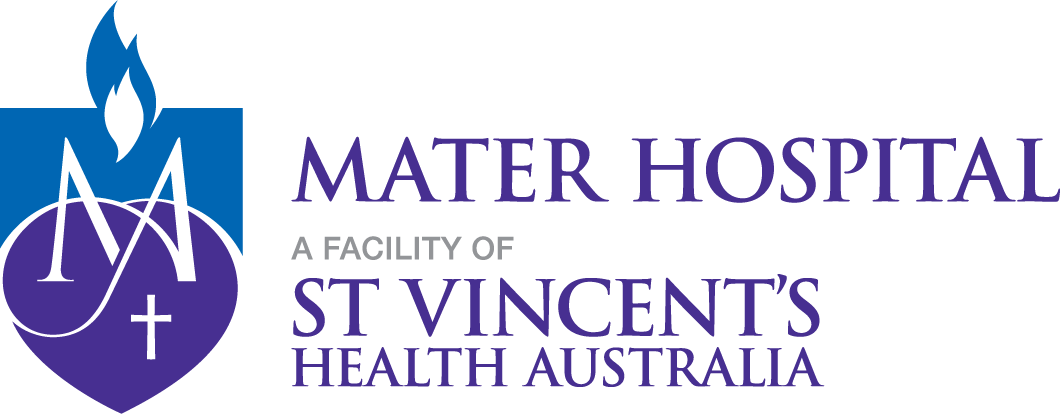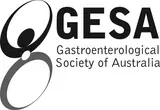Fatty Liver
What is Fatty Liver?
Fatty liver, also known as hepatic steatosis, is a condition where fat builds up in the liver. While the liver normally contains some fat, too much fat may cause inflammation, damage liver cells, and interfere with liver function. The liver plays a crucial role in processing nutrients, breaking down fats, and filtering harmful substances from the blood. When excess fat builds up, it can lead to more serious conditions, such as liver fibrosis (scarring), cirrhosis, or even liver failure in advanced stages.
Fatty liver is often a silent condition, meaning many people do not know they have it until it's found during tests for another reason.
Impact of Fatty Liver on Anatomy and Health
Fatty liver affects the liver, which is located in the upper right side of the abdomen. As fat accumulates, the liver may become enlarged and inflamed. Over time, this can disrupt the liver's ability to function properly.
The impact on health varies depending on the stage and severity:
- Simple Fatty Liver (Steatosis): Fat is present, but there is little or no inflammation or liver cell damage.
- Steatohepatitis: Fat causes inflammation and damage to liver cells. This is known as non-alcoholic steatohepatitis (NASH) if not related to alcohol use.
- Fibrosis: Repeated inflammation leads to scarring. The liver may still function relatively well, but the damage is starting to become permanent.
- Cirrhosis: Severe scarring replaces healthy liver tissue, leading to permanent damage. This stage may result in liver failure, fluid build-up in the abdomen, confusion, internal bleeding, or liver cancer.
Fatty liver is also associated with other health problems, such as heart disease, type 2 diabetes, and metabolic syndrome.
Risk Factors for Fatty Liver
Fatty liver can affect anyone, including children, but certain groups are more at risk. Risk factors include:
- Obesity: Especially if fat is concentrated around the abdomen.
- Type 2 Diabetes: High blood sugar and insulin resistance are strongly linked to fat buildup in the liver.
- High Cholesterol or Triglycerides: These blood fats increase the risk of liver fat accumulation.
- Metabolic Syndrome: A combination of conditions including high blood pressure, abnormal cholesterol levels, and excess body fat.
- Polycystic Ovary Syndrome (PCOS): Hormonal imbalances can increase the risk in women.
- Obstructive Sleep Apnoea: Disrupted sleep patterns and oxygen levels are linked with fatty liver.
- Rapid Weight Loss or Malnutrition: Sudden weight loss or poor nutrition can paradoxically lead to fatty liver.
- Medications: Some drugs, such as corticosteroids, may contribute.
People with a family history of fatty liver or liver disease may also be more likely to develop the condition.
Causes of Non-Alcoholic Fatty Liver Disease (NAFLD)
Fatty liver disease develops when the body stores too much “bad” fat or does not utilise fat efficiently. The causes vary depending on the type:
NAFLD is commonly caused by:
- Excess Caloric Intake: High-fat, high-sugar diets promote fat storage in the liver.
- Insulin Resistance: Often seen in people with diabetes or prediabetes.
- Obesity: Fat stored around the organs increases fat content in the liver.
- High Cholesterol or Triglycerides: These fats circulate in the blood and can be deposited in the liver.
- Genetics: Some individuals are more susceptible to developing NAFLD due to their genetic predisposition.
Alcohol-Related Fatty Liver Disease (ARLD) is caused by:
- Excessive Alcohol Consumption: Alcohol is toxic to liver cells, and its breakdown leads to fat buildup and inflammation.
Symptoms of Fatty Liver
Many people with fatty liver do not have noticeable symptoms, especially in the early stages. It’s often discovered incidentally during routine blood tests or imaging studies for unrelated health issues.
When symptoms do occur, they may include:
- Fatigue: A common and vague symptom.
- Discomfort or Fullness in the Upper Right Abdomen: Where the liver is located.
- Unexplained Weight Loss: Especially in more advanced stages.
- Weakness or Confusion: In cases of significant liver damage.
- Swelling in the Abdomen (Ascites): In later stages, like cirrhosis.
- Yellowing of the Skin or Eyes (Jaundice): A sign of advanced liver disease.
Prevention of Fatty Liver
Prevention of fatty liver largely depends on healthy lifestyle choices. There is currently no specific medication to cure fatty liver, but prevention and management strategies are highly effective.
To reduce your risk:
- Maintain a Healthy Weight: Aim for gradual and sustained weight loss if overweight. Even a 5–10% reduction in body weight can significantly reduce liver fat.
- Eat a Balanced Diet: Focus on whole foods, including fruits, vegetables, lean proteins, whole grains, and healthy fats like those found in nuts, seeds, and fish. Limit sugar, refined carbs, and saturated fats.
- Exercise Regularly: Aim for at least 150 minutes of moderate-intensity exercise each week. Activities like walking, swimming, or cycling can help reduce liver fat.
- Limit Alcohol Intake: If you drink, do so in moderation. If you already have fatty liver, it is best to avoid alcohol altogether.
- Control Blood Sugar and Cholesterol: Work with your GP or specialist to manage diabetes, high cholesterol, and other related conditions.
- Avoid Unnecessary Medications and Supplements: Some may stress the liver or contribute to fat accumulation. Always consult your doctor before starting new supplements.
- Regular Check-Ups: Periodic health checks and blood tests can help monitor liver function and detect issues early.
Types of Fatty Liver
Fatty liver is classified into two main types based on its cause:
- Non-Alcoholic Fatty Liver Disease (NAFLD):
This is the most common type and occurs in people who consume little or no alcohol. NAFLD is closely linked to obesity, diabetes, high cholesterol, and metabolic syndrome. It tends to develop slowly and can range from mild fat accumulation to serious liver damage. - Alcohol-Related Liver Disease (ARLD):
Caused by long-term or heavy alcohol consumption, ARLD also begins with fat accumulation in the liver. Continued alcohol use may lead to inflammation, scarring, and cirrhosis. Reducing or stopping alcohol intake is essential to prevent further damage.
Stages of Fatty Liver
Fatty liver develops gradually and is often described in four main stages. Understanding these stages helps explain the potential progression of the disease.
- Stage 1 – Simple Steatosis (Fat Accumulation): Fat builds up in the liver cells, but no significant inflammation or scarring exists. Most people at this stage experience no symptoms, and the condition is typically reversible with lifestyle modifications.
- Stage 2 – Steatohepatitis (Fat + Inflammation): At this stage, fat causes irritation and inflammation in the liver. If not treated, it may lead to liver cell damage. In non-drinkers, this is referred to as non-alcoholic steatohepatitis (NASH).
- Stage 3 – Fibrosis (Scarring Begins): Continued inflammation leads to scarring (fibrosis) of the liver tissue. While the liver still works, the damage is starting to become more permanent. Early fibrosis can be slowed or even reversed if detected and managed properly.
- Stage 4 – Cirrhosis (Irreversible Scarring): This is the most advanced and serious stage. Extensive scarring disrupts the liver’s structure and function. At this point, symptoms may become more noticeable and serious, such as fluid retention (ascites,) confusion, or jaundice. Cirrhosis increases the risk of liver failure and liver cancer.
Diagnosis of Fatty Liver
Fatty liver is often discovered during routine tests or check-ups. Since symptoms are usually absent in early stages, diagnosis relies on a combination of medical history, physical examination, blood tests, and imaging.
Common steps in diagnosis include:
- Medical History and Risk Assessment: Your doctor will ask about your alcohol intake, weight changes, current medications, family history, and other relevant risk factors, such as diabetes or high cholesterol.
- Blood Tests: Liver enzymes such as ALT (alanine aminotransferase) and AST (aspartate aminotransferase) may be elevated. However, normal levels do not always rule out fatty liver.
- Ultrasound: A simple, painless scan that can detect fat buildup in the liver. It’s often the first imaging test used.
- FibroScan (Transient Elastography): A specialised ultrasound that measures liver stiffness, which helps assess the level of fibrosis or scarring.
- MRI or CT Scan: These may be used for a more detailed view of the liver, especially in unclear cases.
- Liver Biopsy (in some cases): A small sample of liver tissue is taken with a needle and examined under a microscope. This is the most accurate way to confirm the stage of liver damage, but it is usually only done when necessary.
Treatment of Fatty Liver
At the moment, there isn’t a specific medication that can cure fatty liver. However, the good news is that for many people, fatty liver disease can be reversed or significantly improved with simple lifestyle changes. The main goal of treatment is to tackle the underlying causes—like being overweight, having high blood sugar or cholesterol—and to stop any further damage to the liver.
Effective treatment strategies include:
- Weight Loss: Gradual and sustained weight loss (5–10% of body weight) can reduce liver fat, inflammation, and even fibrosis. It is one of the most effective treatments for NAFLD.
- Healthy Diet: A balanced diet rich in whole grains, vegetables, fruits, lean protein, and healthy fats (such as those found in fish, nuts, and olive oil) is recommended. Avoid sugary drinks, processed foods, and excessive carbohydrates.
- Regular Exercise: Aim for at least 30 minutes of moderate physical activity most days of the week. Exercise helps improve insulin sensitivity and reduces liver fat.
- Managing Diabetes and Cholesterol: Keeping blood sugar and cholesterol under control reduces stress on the liver. This may involve medications prescribed by your doctor.
- Avoiding Alcohol: If you have fatty liver, especially ARLD or NASH, it is best to stop drinking alcohol completely.
Medication Review: Some medications may worsen liver function. Always review your current medications with your GP or specialist. - Supportive Therapies: In some cases, vitamins such as Vitamin E (for non-diabetics with NASH) or newer experimental medications may be considered, typically under the care of a specialist.
What if Fatty Liver is Untreated?
If left untreated, fatty liver can quietly progress through its stages, sometimes without noticeable symptoms, until the liver is significantly damaged.
Potential complications of untreated fatty liver include:
- Chronic Inflammation and Liver Cell Damage
- Fibrosis and Cirrhosis
- Liver Cancer (Hepatocellular Carcinoma)
- Liver Failure
- Increased Risk of Heart Disease
- Other Metabolic Complications
Early detection and intervention are crucial. Most people can manage the condition effectively and avoid long-term complications with the right support.













